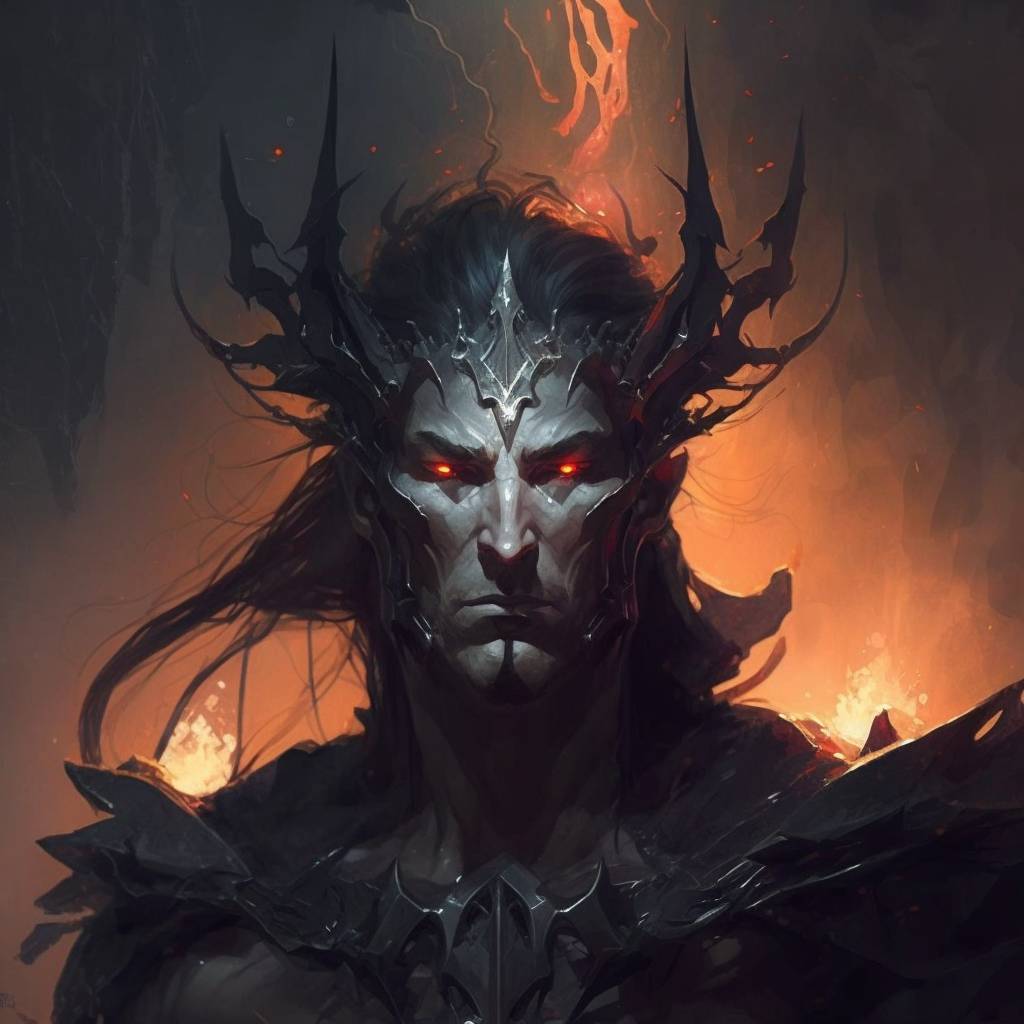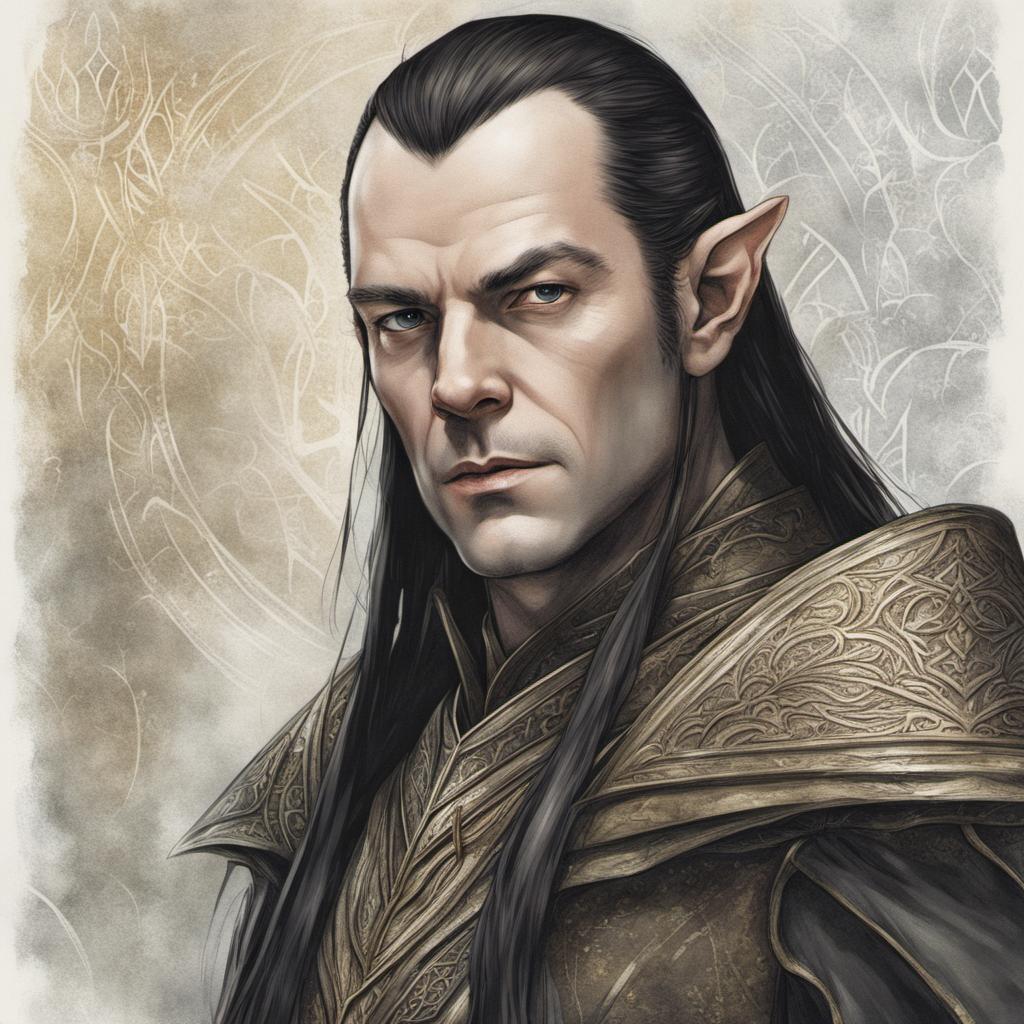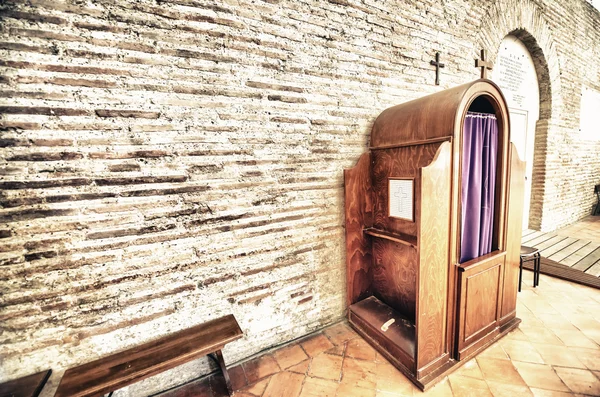Table of Contents
Discord in the Song of Creation
Melkor, the mightiest of the Ainur, was created by Eru Ilúvatar alongside other divine beings to shape the universe through a celestial symphony called the Music of the Ainur. While most Ainur followed Ilúvatar’s grand design in harmony, Melkor sought to introduce themes of his own—driven by a desire to create and control independently. His dissonant melodies clashed with the unified chorus, introducing chaos into what was meant to be a perfect harmony. This disruption did not erase the beauty of the music but layered it with tension and contrast, marking the first emergence of strife, pride, and rebellion in the unfolding story of the world.
Though the initial composition still carried Ilúvatar’s purpose, the discord Melkor sowed could not be undone. From this original rebellion stemmed the underlying fracture in Arda’s foundations, leaving a permanent scar on its fabric. Ilúvatar acknowledged the discord, proclaiming that even Melkor’s defiance would serve the grander purpose of his creation. Still, the consequences were profound: Melkor’s ambition became a seed of corruption, shaping not just the physical world but the moral structure within it. The Music, once intended as a unified act of divine creativity, now bore the imprint of conflict, setting a precedent for all future struggles between light and dark.
Descent into Arda and Rebellion Against the Valar
After the shaping of the universe, several Ainur entered the world of Arda to bring Ilúvatar’s vision to life, establishing balance and beauty. Among them, one sought not to build in harmony, but to dominate. Unlike the others, he arrived in Arda with intentions rooted in self-glory and control, soon clashing with those aligned with the original purpose. His opposition to the Valar, the governing Ainur, became immediate and aggressive. While they molded oceans, skies, and mountains with unity, he brought disruption. This opposition was not just philosophical but physical—every act of construction by the Valar was challenged or undone by Melkor, who refused to yield to their guidance.
The result of this rebellion was a disfiguring of the world’s original perfection. Valleys were lifted into jagged peaks, harmonious climates turned volatile, and natural beauty gave way to desolate, scarred regions. Melkor, in his hunger to control, introduced discord into the fabric of Arda itself. The Valar, though united in their purpose, struggled to undo the damage, setting the stage for a timeless conflict. His corruption was not isolated to landscapes—it was a betrayal of the very spirit of creation. This defiance permanently changed Arda’s destiny, establishing an unending struggle between restoration and ruin, peace and domination.
The Shadow Spreads from the North
In the far north of Middle-earth, a vast and terrible fortress rose—Utumno, the first stronghold built to house evil and resist the forces of harmony. Its creation was a deliberate act of defiance, hidden beneath the surface and surrounded by ice and shadow. From here, the corruption began to take form, creeping slowly into the world like a sickness. The land around Utumno became twisted, reflecting the will of its master. It was from this seat of power that Melkor began his war against balance, pouring out blight and ruin across the earth. The fortress was not merely a refuge—it was a weapon against the natural order.
The influence radiating from Utumno warped everything it touched. Forests decayed, waters turned foul, and the air grew heavy with malice. Natural creatures were twisted into monstrous versions of themselves—once peaceful forms now bred for destruction. Melkor used the fortress as a forge of wickedness, shaping a dark mirror of Arda that echoed his thirst for control. The perversion of life itself became a hallmark of this era, leaving scars on the land that would endure for ages. Utumno’s establishment marked not just a physical expansion of power but a spiritual assault on creation, signaling the rise of a long and bitter age of darkness.
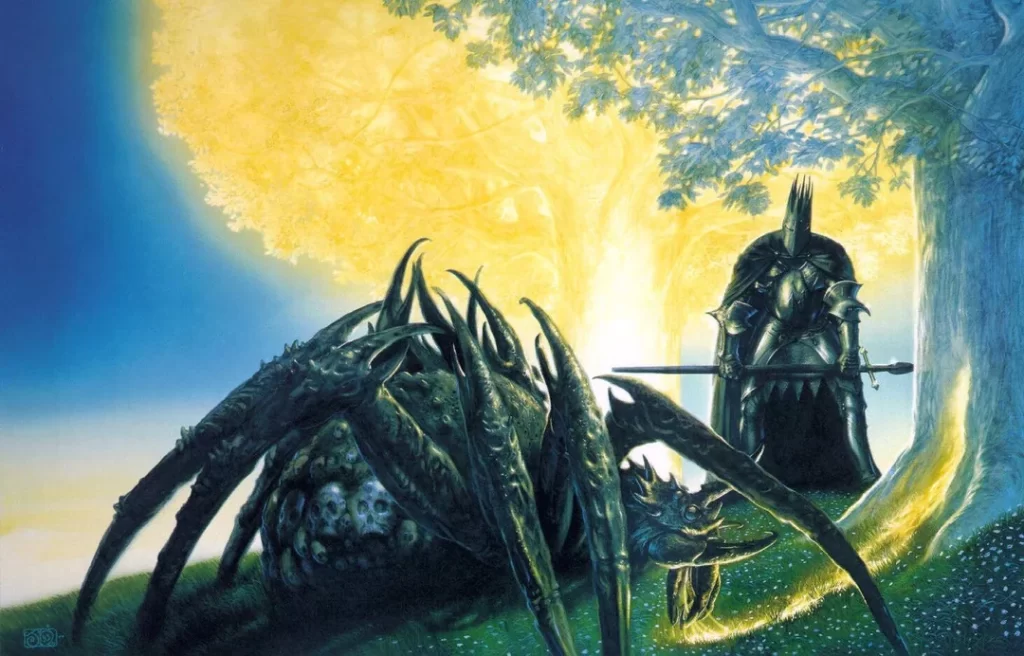
The Destruction of the Two Trees and Theft of the Silmarils
At the heart of Valinor stood the Two Trees, Telperion and Laurelin—living beacons of silver and golden light that illuminated the world before the sun and moon. Their destruction marked one of the most catastrophic moments in the history of Arda. In a calculated assault, a shadowy alliance was formed with Ungoliant, a monstrous being of insatiable hunger. Cloaked in darkness, they descended upon the Trees, draining them of their light until only blackened husks remained. This was no random act of violence but a deliberate strike at the foundation of the Valar’s power. In this vile act, Melkor severed the divine light from the world.
With the world plunged into gloom, he continued his rampage by slaying Finwë, the first High King of the Noldor, in his own halls. From Finwë’s vaults, he seized the Silmarils—sacred jewels crafted by Fëanor, containing the last untainted light of the Two Trees. This theft shattered more than just boundaries; it ripped through the hearts of the Elves and ignited a bitter war. Melkor’s betrayal earned him the name Morgoth, a title of eternal infamy among the Noldor. His actions not only robbed the world of its ancient light but also poisoned the legacy of trust, launching a dark age of vengeance and sorrow.
Relentless Battles Across Beleriand
The First Age was marked by unending war, sparked by the theft of the Silmarils—jewels of immense power and beauty. These battles raged across the lands of Beleriand, drawing in Elves and Men who refused to surrender to darkness. The aggressor’s forces were vast and terrifying: Orcs poured from hidden strongholds, Balrogs wielded whips of flame, and other twisted creatures served as brutal instruments of war. The conflict was not just military—it was spiritual and cultural, as kingdoms were torn apart and generations shaped by violence. The war’s impact was catastrophic, and yet, despite his power and terrifying armies, Morgoth could not crush the resolve of the Free Peoples.
Resistance came in many forms—coordinated alliances, bold ambushes, and heroic last stands. Even in battles like the Dagor Bragollach, where flames scorched the land and strongholds fell, or the Nirnaeth Arnoediad, the Battle of Unnumbered Tears, where hope was nearly extinguished, courage endured. Men and Elves alike rallied to defend their lands, their heritage, and their right to live free from domination. Morgoth, though dominant, underestimated the will of those who opposed him. His desire to extinguish resistance only strengthened their unity. As the war stretched on, the struggle became more than a fight over stolen jewels—it was a fight for the future of Middle-earth itself.
Creation of Dragons and the Siege of Angband
When traditional armies proved insufficient to secure lasting dominance, a terrifying new weapon emerged—dragons. These colossal beasts, breathing fire and wrapped in near-impenetrable armor, were bred for destruction. The first of their kind, Glaurung, known as the Father of Dragons, made his devastating debut during the First Age. He brought ruin to lands and fear to even the bravest warriors. Deployed in the later stages of conflict, these creatures were designed to shatter defenses and morale alike. Their raw strength and fiery breath changed the nature of battle entirely. Glaurung’s appearance turned the tide at a crucial point in the war, giving Morgoth the upper hand in breaking enemy lines.
With these monstrous creations unleashed, the Siege of Angband—long a source of pressure against the northern stronghold—was broken. For hundreds of years, this siege had kept the fortress isolated and partially contained. But when Glaurung led the charge, defenses collapsed under overwhelming fire and fury. Morgoth’s decision to unleash such devastation proved both strategic and symbolic, announcing his power in a new, undeniable way. Dragons were more than beasts; they were instruments of terror that inflicted chaos with calculated efficiency. Their arrival redefined the battlefield, and their dominance helped solidify Morgoth’s grip on the northern territories as the war raged on.

The Shaping of a Dark Successor
Once a Maia under Aulë, the Vala of craftsmanship, Sauron began as a spirit of order and structure. But drawn to power and domination, he turned away from his original path and fell under the command of a darker master. Under his new allegiance, he became a lieutenant of unmatched cunning, adapting not only military tactics but also the subtle art of deception. Sauron learned to command fear without brute force, mirroring the oppressive style of Morgoth but tailoring it to his own ambitions. As his master waged war across the land, Sauron quietly became a refined instrument of control, perfecting the use of manipulation over raw destruction.
After the fall of his master, Sauron emerged from the shadows, no longer a servant but a Dark Lord in his own right. Though Morgoth was banished, his ideology endured—planted deep in Sauron’s methods and long-term goals. He advanced the legacy of evil through more calculated means, using rings of power to seduce kings, corrupt kingdoms, and enslave entire peoples. The tyranny he spread in later ages was not born of originality but of inherited philosophy, reshaped for a new era. Morgoth’s influence lived on through every deception, every enslaved will, and every dark fortress Sauron raised across Middle-earth.
The Final Reckoning in the North
The War of Wrath marked the most decisive and destructive battle of the First Age. After centuries of devastation, the Valar summoned the Host of the West—led by Eönwë, the herald of Manwë—and joined forces with the Elves and faithful Men of Middle-earth. Their unified armies marched against Angband, the dark stronghold buried beneath the Iron Mountains. The scale of the conflict was unmatched, shaking the very foundations of the world. Seas rose, mountains crumbled, and entire regions were submerged. After relentless assaults, the fortress was torn open, its vast underground halls flooded with ruin. At last, Morgoth’s defenses failed under the sheer weight of divine wrath.
Stripped of power and brought low, he was bound in chains forged by the Valar, his iron crown broken and reforged into a collar to mark his humiliation. Morgoth, once feared across Arda, was taken captive and exiled into the Void—an eternal prison beyond the world’s reach. With his fall, the First Age came to an end. Yet, the cost was immense: vast portions of Beleriand were destroyed, and countless lives were lost. The War of Wrath was not just a victory; it was a reckoning that reshaped the world. Even in defeat, the destruction he caused left deep scars on the land and its history.
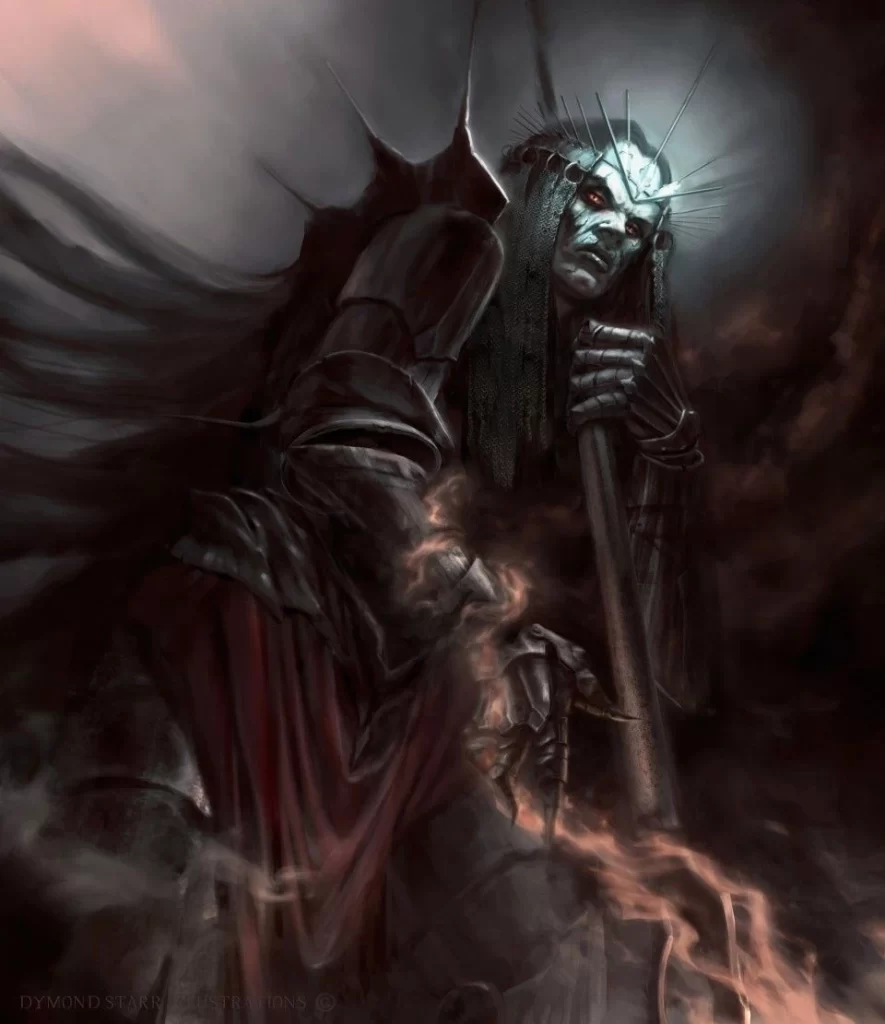
The World Marred by Shadow
Even after his exile into the Void, the consequences of his presence endured. The very substance of the world had been altered by his long corruption, leaving behind wounds that could not be healed by time or victory. This lingering damage came to be known as Arda Marred—a world that, although beautiful, bore within it the stains of suffering, decay, and imbalance. Mountains cracked unnaturally, seas boiled with unrest, and creatures born of his influence continued to roam the earth. Morgoth had not simply ruled by force; he had infused his malice into the land itself, embedding it so deeply that it became part of the world’s natural condition.
This taint ensured that pain and imperfection would remain a constant feature of life in Arda. Storms, disease, and moral failings became threads woven into the fabric of existence. Even the noblest efforts of Elves and Men to build peace could not fully erase the shadows left behind. Morgoth had acted not only as a tyrant of armies but as a corrupter of creation. His defeat did not end the struggle; it merely shifted it to a more subtle plane. The legacy of his evil persisted, not as an active force, but as a haunting presence—proof that some wounds of the world could never truly be undone.
The Final Battle Foretold
In the deeper lore of Tolkien’s mythology, a final reckoning looms—Dagor Dagorath, the prophesied end-times battle. This apocalyptic conflict is said to be the last great war in Arda, bringing all struggles to a close. Ancient texts hint that a time will come when darkness rises once more, and the forces of light must unite for one final stand. Heroes long thought lost will return, including figures of immense valor and wisdom, to face the ultimate evil. At the heart of this prophecy lies the return of the first dark power. Morgoth, though cast into the Void, is foretold to break free and rise again, more terrible than ever before.
In this last conflict, he will face the combined strength of the Valar, Elves, and Men in a battle meant to decide the fate of the world itself. Unlike past wars, this confrontation will not end in exile or imprisonment—it will result in his final destruction. The prophecy promises that upon his fall, Arda will be renewed, cleansed of all lingering corruption and shadow. Morgoth’s ultimate defeat will bring an end to the world as it was and begin a new, unmarred creation. This vision of restoration offers hope, signaling that even the deepest evil can be overcome and the world made whole once more.
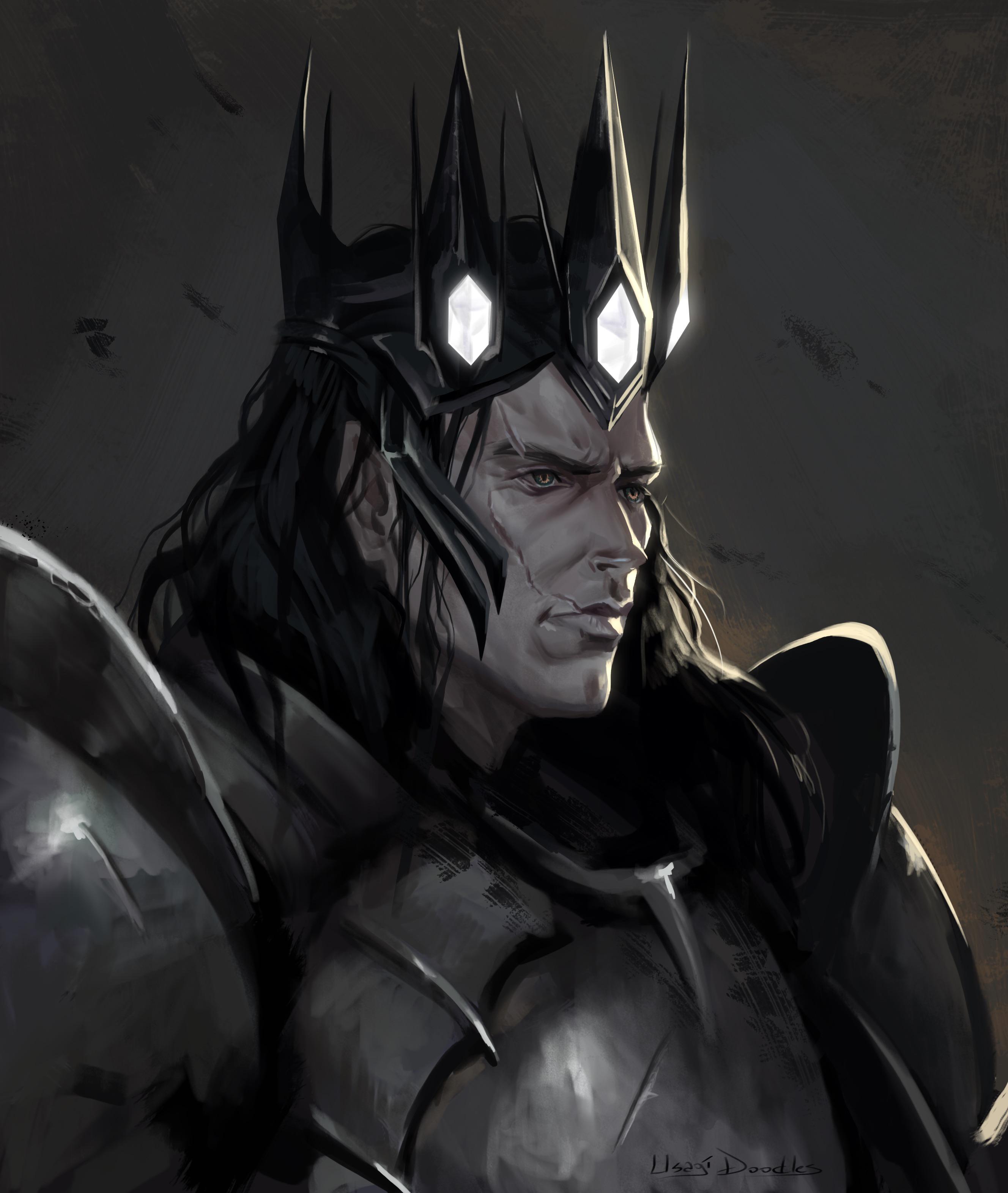
The Seed of Fear Among Mortals
When the race of Men awoke in the world, they were full of promise, free-willed and unburdened by the fate of the Elves. Yet this freedom made them vulnerable. The dark power saw an opportunity and moved swiftly to distort their understanding of life and death. By whispering lies and sowing doubt, he instilled in them a fear of mortality—a fear that death was not a gift, but a curse. This fear grew like a poison in their hearts. Morgoth used it to turn them away from the Valar, convincing them that the powers of the world could not be trusted, and that only self-rule would bring them peace.
This corruption laid the foundation for some of the greatest tragedies in human history. Most notably, it contributed to the eventual downfall of Númenor, a once-great kingdom of Men that succumbed to pride, envy, and the false promise of immortality. The influence of Morgoth remained embedded in the hearts of Men, resurfacing time and again in different forms—hunger for power, distrust of the divine, and a willingness to forsake virtue for control. Though his presence was no longer active, his manipulation endured through inherited fears and misguided ambitions. Morgoth left behind not just scars on the land, but deep wounds in the souls of Men.
The Embodiment of Fall and Power
As the most powerful of the Ainur, the dark figure represents more than a villain—he is the living symbol of unchecked pride. His fall was not due to weakness but to the overwhelming desire to surpass all others, including the design of his own creator. His rebellion began with a refusal to harmonize, and from that moment, his path mirrored the classic myth of the fall from grace. Morgoth became a cautionary tale of what happens when ambition breaks free from wisdom. His need to dominate led him not to creation, but destruction. His very name became synonymous with the consequences of selfish rebellion against divine purpose.
This symbolism permeates Tolkien’s world, echoing through the actions of others who fall under similar temptations. Morgoth stands as the origin point of all evil in Arda, shaping its moral framework and defining the stakes of every future conflict. Through his story, Tolkien explores how corruption begins subtly—with a single thought of superiority—and eventually reshapes entire worlds. Morgoth embodies the idea that evil is not born, but made through the slow erosion of humility and harmony. His legacy is a philosophical warning: that the desire for control, left unchecked, not only leads to ruin but leaves a shadow that persists long after its source is gone.
How useful was this post?
Click on a star to rate it!
Average rating / 5. Vote count:
No votes so far! Be the first to rate this post.
Author
-
Meet Dr. Kendall Gregory, a highly accomplished professional with a remarkable academic background and a deep passion for empowering individuals through knowledge. Dr. Gregory’s educational journey began with a Bachelor of Science degree, followed by a Doctor of Chiropractic Medicine, focusing on diagnosing and treating musculoskeletal conditions. He further expanded his expertise with a Master's degree in Oriental Medicine, specializing in acupuncture and Chinese herbology, and a Master's degree in Health Care Administration, emphasizing his dedication to improving healthcare systems. Dr. Gregory combines his extensive knowledge and practical experience to provide comprehensive and integrative healthcare solutions. Through his writings, he aims to inspire individuals to take charge of their health and make informed decisions.
View all posts

